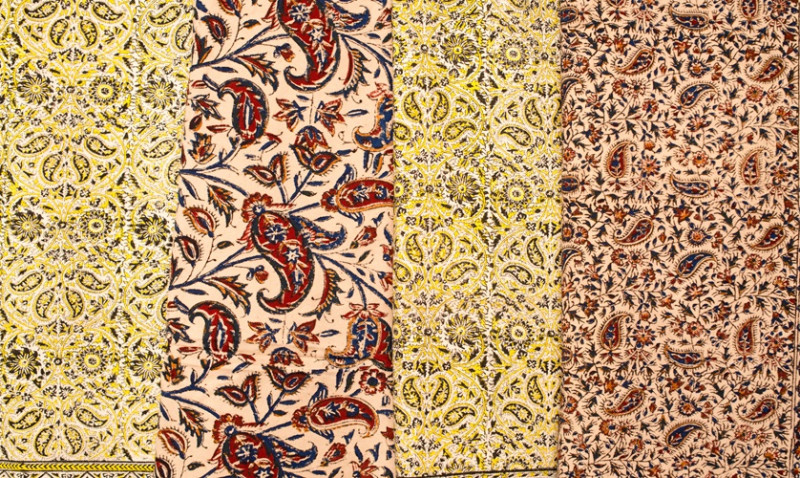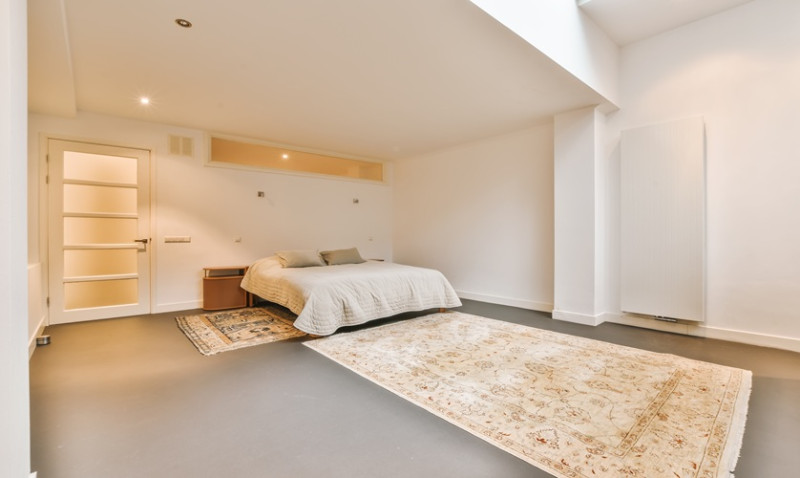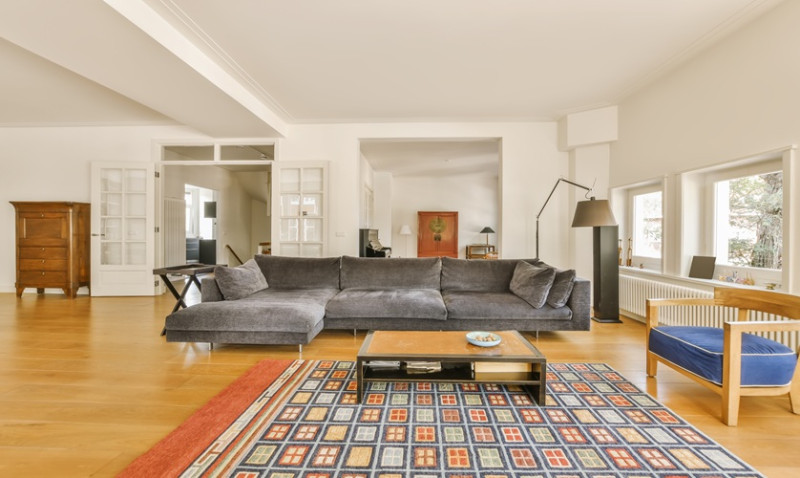
Choosing the right rug for your living room can completely transform the space — adding warmth, defining zones, and creating a stylish focal point. But with so many options in the UK market, picking the perfect rug can feel overwhelming. Whether you're a first-time homeowner, an interior designer, or a professional tradesman advising clients, this guide will help you make practical and stylish choices based on your space and lifestyle.
1. Understand Your Space
Before you fall in love with a specific rug, take time to evaluate your living room’s layout and dimensions. Measure the entire room and note key furniture placements. This helps you determine the rug size, shape, and position. Think about functionality, too — is the room a high-traffic area or a formal lounge?
Many UK homes have compact living areas, so selecting a rug that complements rather than overwhelms the room is key. Measuring your seating area and ensuring that your rug fits either completely under the furniture or extends beyond the main pieces will create a cohesive look.
Open-plan living rooms also benefit from rugs to define zones, such as separating a seating area from a dining space. A well-placed rug helps ground the furniture and avoid the “floating” look some rooms can have without a base element.
Keep ceiling height and natural light in mind, too. In rooms with low ceilings or limited daylight, choosing lighter or solid-colour rugs can help create an illusion of openness.
2. Choose the Right Rug Size
One of the most common mistakes people make is choosing a rug that’s too small. To anchor your furniture properly, your rug should either:
- Fit all furniture legs on it
- Allow just the front legs of sofas and chairs to rest on it
- Extend beyond the edges of the furniture by at least 15-20cm
Here’s a basic reference guide to help guide your decision:
| Living Room Size | Recommended Rug Size | Placement Tip |
|---|---|---|
| Small (up to 3m x 3m) | 120cm x 170cm | Place in front of sofa, under coffee table |
| Medium (4m x 4m) | 160cm x 230cm | Front legs of sofa on rug, covers full seating area |
| Large (5m x 5m or more) | 200cm x 300cm or larger | All furniture sits fully on rug |
If in doubt, it’s generally better to size up. A larger rug can make the room feel more unified, while smaller rugs can unintentionally shrink the visual space.
3. Pick Materials Suitable for Lifestyle
Material choice affects the rug's durability, texture, cleaning needs, and comfort. For family homes or high-traffic areas, hard-wearing rugs are key. If you’re an interior designer styling a lounge or a professional tradesman refurbishing a client’s reception area, your recommendation should balance elegance with practicality.
Below are common rug materials and their ideal use:
- Wool: Soft, warm, and naturally stain-resistant, ideal for high-traffic areas; a great choice for UK climates.
- Polypropylene: Durable and budget-friendly; easy to clean, making it ideal for homes with kids or pets.
- Viscose: Offers a silky finish for a touch of luxury, but less durable; better suited for low-traffic or decorative spaces.
- Cotton: Lightweight and casual, but less durable over time. Might suit temporary or seasonal updates.
- Jute and Sisal: Natural fibre rugs that offer great texture and are highly sustainable. Best for rustic or Scandi-themed interiors.
Always consider practicality — especially during winter months in UK homes that may bring in moisture or mud. Opt for a rug that’s easy to maintain while still delivering your desired aesthetic impact.
4. Coordinate Colours and Patterns
Rugs are a great way to introduce colour or tie in existing elements of a room. Start by considering your wall and furniture colours. Are you working with neutral tones or statement colours? Patterns on rugs can either create visual interest or help balance bold decor.
If your living room features neutral furniture, a patterned or brightly coloured rug can add life and texture. Conversely, if your furniture already features textures or prints, a plain or subtly patterned rug offers balance.
Consider colour psychology, too. Warmer tones like reds, oranges, and yellows tend to make a space feel cosy — ideal for UK homes that need extra warmth. Cooler colours like greys and blues create a calm and modern atmosphere.
A good rule of thumb is to select a rug colour that picks up at least one or two shades from your existing decor. This unity helps harmonise the overall composition of the room and avoids clashing tones.
5. Think About Shape and Texture
While rectangles are the most common shape for living room rugs, they aren’t your only option. Round rugs soften up sharp architectural lines and introduce a playful or artistic edge. These are great under a circular coffee table or in reading corners.
For open-plan homes, layering rugs or choosing irregular, organic shapes can define separate spaces while adding unique character. For example, a hide-style rug can work beautifully in a contemporary or industrial setting.
Texture plays a key role in how a room feels. A high-pile or shaggy rug adds coziness but may not be ideal for households with pets. Flat-woven or low-pile rugs are easier to clean and work well in minimalist or modern interiors.
Don’t hesitate to mix textures — layering a soft faux fur rug over a flat jute base rug is becoming increasingly popular in designer-led spaces across the UK. This not only personalise the space but also creates depth and interest.
6. Don’t Forget About Rug Pads
Rug pads may not be the first thing you think about, but they’re crucial for both safety and comfort. A pad helps keep your rug firmly in place, which is especially important on hard flooring such as wood, laminate, or tile — all common in UK homes.
Rug pads also prolong the life of your rug by reducing friction against the flooring as you walk. Some also provide added cushioning, making the rug feel softer underfoot, which is great for households with children or elderly residents.
There are different types of rug pads depending on the floor type and rug thickness. Make sure to choose one designed to complement your specific flooring to avoid damage or slipping issues.
7. Budget Smartly
Like furniture, rugs can vary widely in price. Set a practical budget upfront, but be willing to invest wisely. A quality wool rug might cost more initially but can last for years with better comfort and aesthetics.
Think of the rug as a foundation element — it sets the tone, reinforces the design theme, and can significantly influence mood and acoustic quality. If budget is tight, consider layering a smaller high-quality rug over a larger budget option for size and impact.
Online rug shops and DIY retailers across the UK often have seasonal sales or clearance events. If you're a professional tradesman or decorator, trade discounts are often available via supplier accounts, giving you access to premium rugs at competitive pricing.
8. Test Before You Buy (When Possible)
If you're purchasing from a physical store, testing a rug under various lighting conditions is ideal. Many UK homes have variable lighting throughout the day, so make sure the rug looks good in both daylight and under artificial lighting.
For online purchases, always check return policies and request fabric swatches if available. Some retailers offer trial periods where you can try the rug at home before making a final commitment — especially useful if you're unsure of the match.
Final Thoughts
Choosing the perfect rug for your living room can tie your design scheme together, offer comfort, and create a lasting impression. Whether you're embarking on a DIY home project, designing for a client, or simply updating your home one layer at a time, take the time to understand your space, needs, and aesthetic preferences.
A well-chosen rug does more than fill an empty floor space — it enhances form, function, and feeling. And in the ever-evolving world of UK home interiors, it’s the details like rugs that truly bring the room to life.






